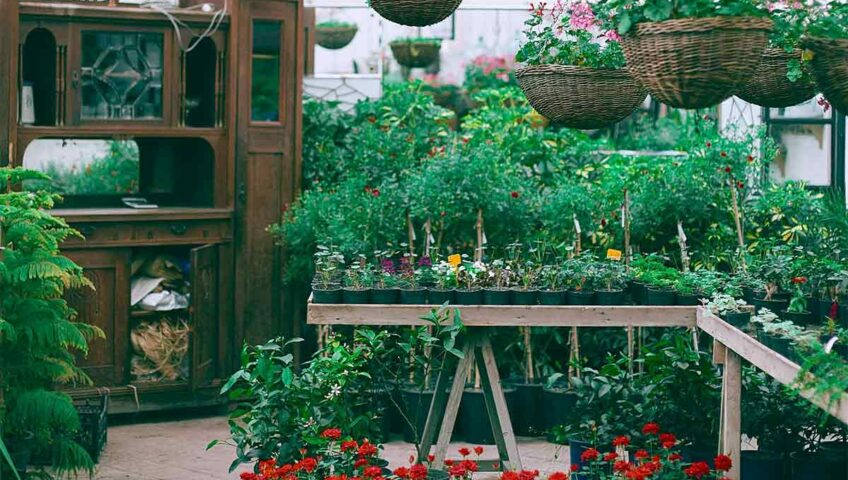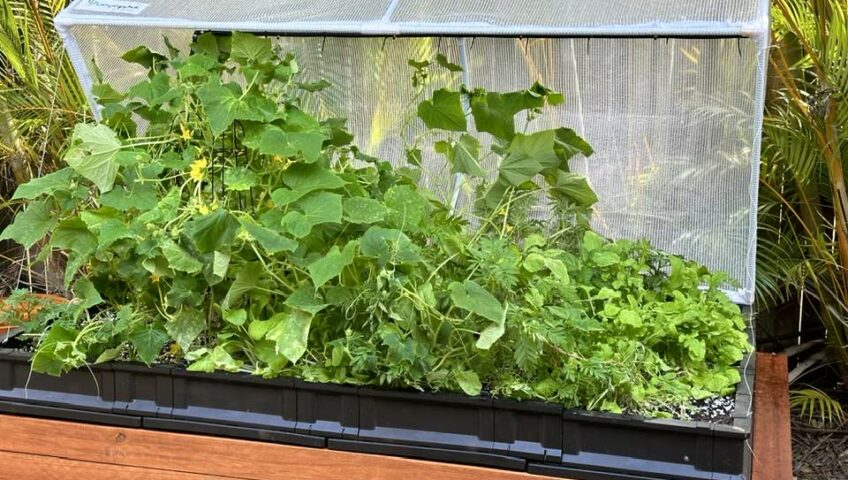Transforming your backyard garden into a haven of relaxation and beauty can greatly enrich your outdoor living experience. Whether you’re a seasoned gardener or just starting out, here are practical tips to make your backyard garden more enjoyable:
1. Create Comfortable Outdoor Spaces:
- Seating Areas: Incorporate comfortable seating such as benches, lounge chairs, or a cozy outdoor dining set where you can relax and unwind.
- Shade: Install umbrellas, pergolas, or shade sails to provide relief from the sun during hot days, making your garden usable throughout the day.
2. Design with Aesthetics in Mind:
- Plant Selection: Choose a variety of plants with different colors, textures, and heights to create visual interest and appeal throughout the seasons.
- Paths and Walkways: Define pathways with materials like pavers, gravel, stepping stones, or bricks to guide visitors through your garden and create a sense of discovery. having a nice paved pathway leading to a particular area, adds to the aesthetics of your garden.
3. Incorporate Water Features:
- Fountains or Waterfalls: Install a fountain, waterfall, or small pond to add soothing sounds and attract wildlife like birds and butterflies.
- Reflective Surfaces: Integrate mirrors or reflective ornaments strategically to create the illusion of more space and light in smaller gardens.
4. Add Garden Art and Décor:
- Sculptures or Statues: Place sculptures, statues, or garden gnomes among your plants to add whimsy and personal style.
- Outdoor Lighting: Illuminate pathways, trees, or focal points with solar-powered or low-voltage LED lights for ambiance and safety during evening hours.
5. Grow Edibles and Herbs:
- Kitchen Garden: Incorporate raised beds or containers for growing vegetables, herbs, and fruits that can be harvested and enjoyed fresh from your garden.
- Pollinator Plants: Include flowers like lavender, marigolds, and sunflowers to attract bees and butterflies, enhancing biodiversity and beauty.
6. Create a Relaxing Atmosphere:
- Fragrant Plants: Plant fragrant flowers and herbs like roses, lavender, and mint to add delightful scents to your garden.
- Wind Chimes or Wind Spinners: Hang wind chimes or spinners to create gentle melodies and movement with the breeze, enhancing a tranquil ambiance.
7. Encourage Wildlife:
- Bird Feeders and Baths: Install bird feeders and birdbaths to attract a variety of bird species, providing entertainment and contributing to ecosystem health.
- Butterfly Gardens: Plant host and nectar plants like milkweed and butterfly bush to attract butterflies, adding vibrant colors and life to your garden.
8. Maintain a Functional Garden:
- Organized Storage: Keep gardening tools, pots, and supplies neatly organized in a shed or designated area to streamline gardening tasks.
- Regular Maintenance: Schedule regular weeding, pruning, and watering sessions to keep your garden looking tidy and healthy throughout the year.
9. Personalize Your Space:
- Garden Bench or Swing: Place a bench or swing under a tree or in a quiet corner where you can read, meditate, or simply enjoy the beauty of your surroundings.
- Outdoor Art or Personal Touches: Display personal mementos, artwork, or handmade crafts that reflect your personality and create a sense of belonging in your garden.
10. Enjoy the Seasons:
- Seasonal Plantings: Embrace seasonal changes by planting bulbs for spring blooms, annuals for summer color, and evergreens or ornamental grasses for winter interest.
- Outdoor Entertaining: Host gatherings, barbecues, or picnics in your garden to share its beauty and bounty with friends and family throughout the year.
By incorporating these tips and personal touches, you can transform your backyard garden into a serene retreat that brings joy, relaxation, and connection with nature. Whether you seek solitude, entertainment, or a space to cultivate your green thumb, enhancing your garden’s appeal will undoubtedly enrich your outdoor living experience.



